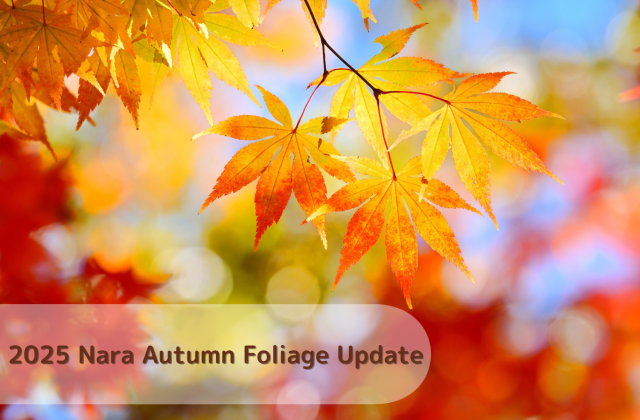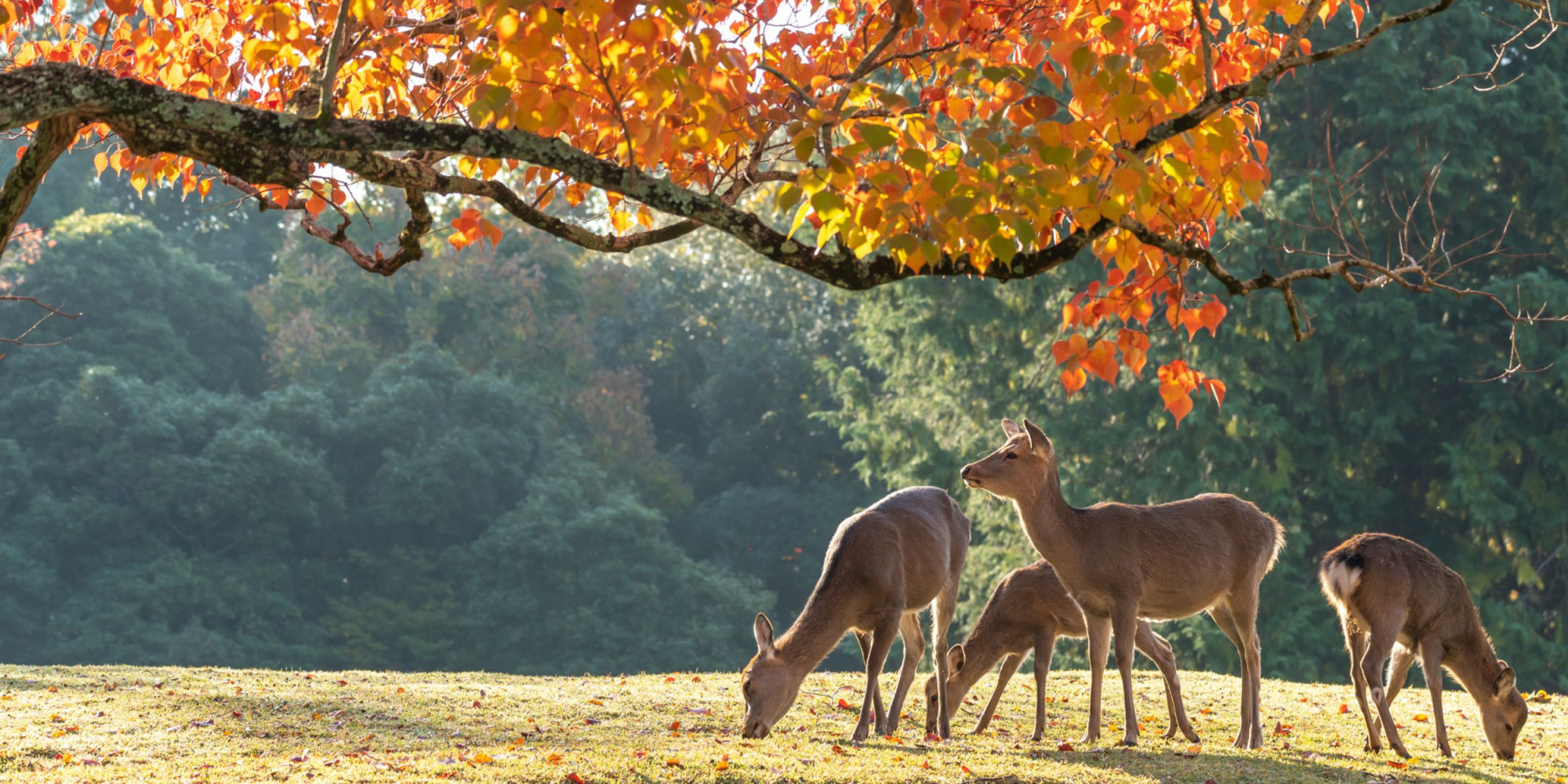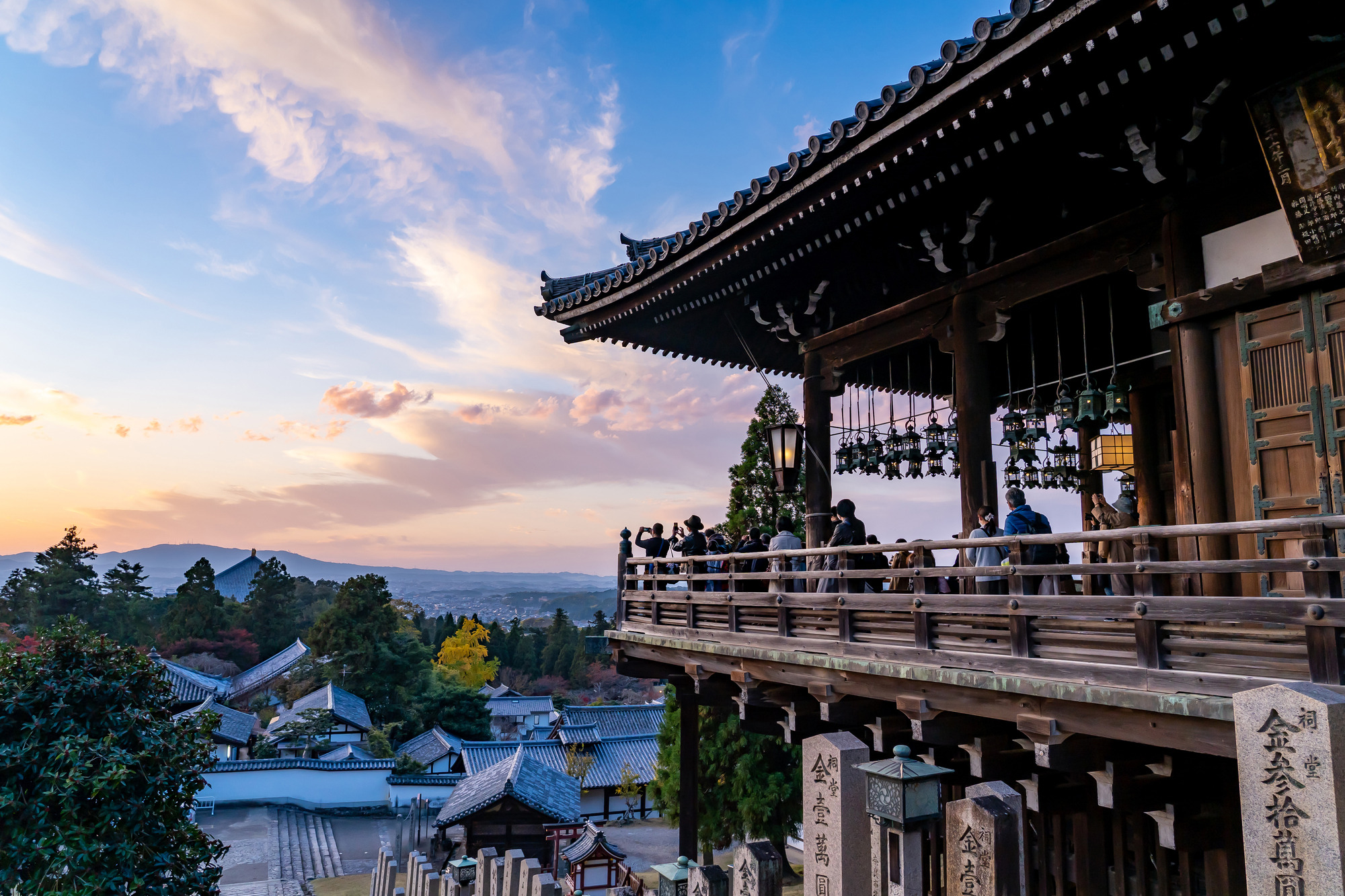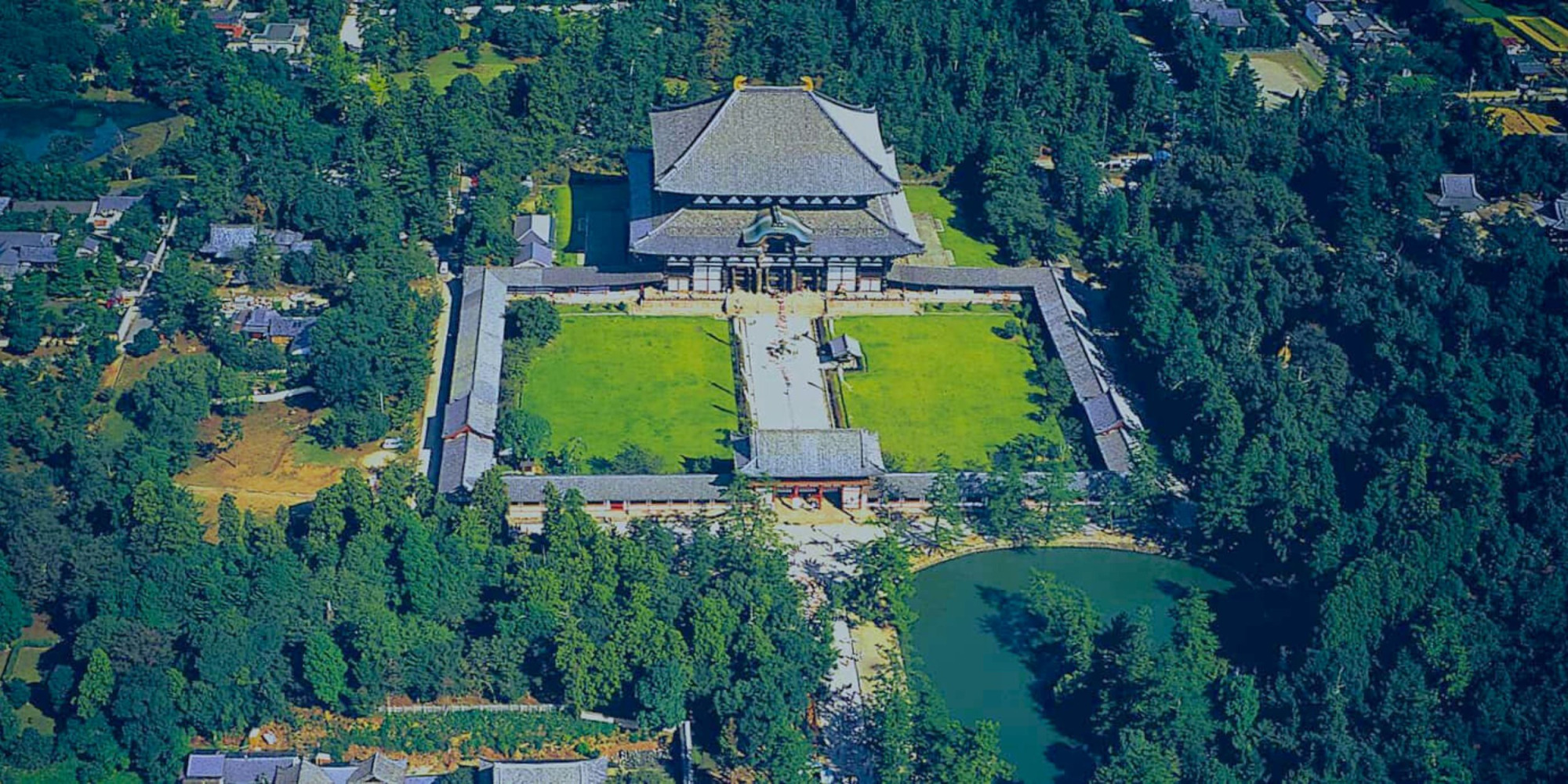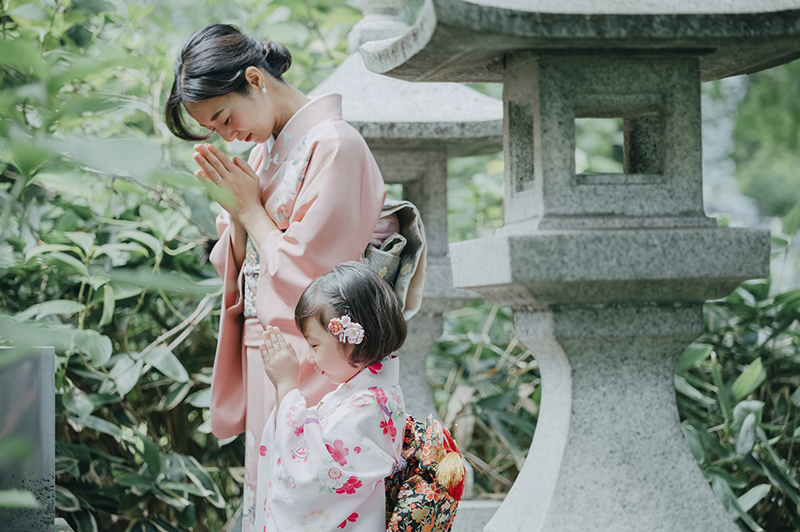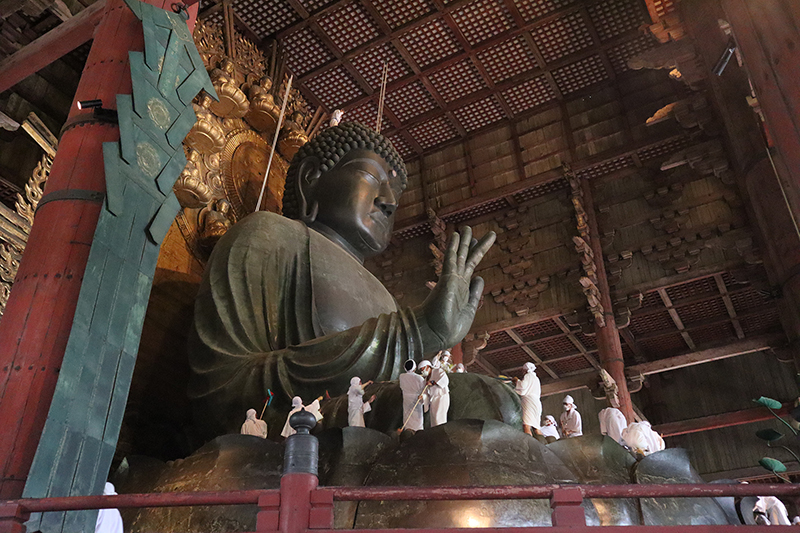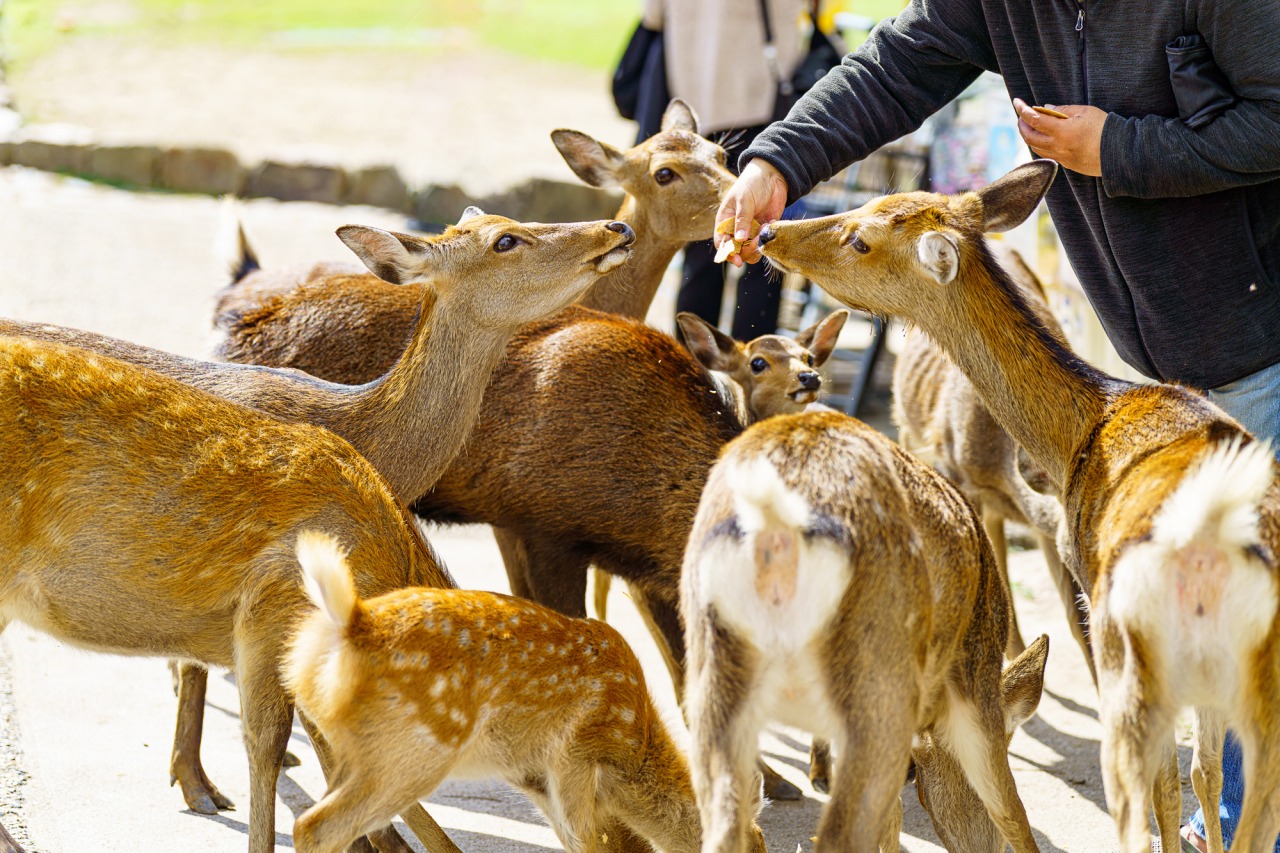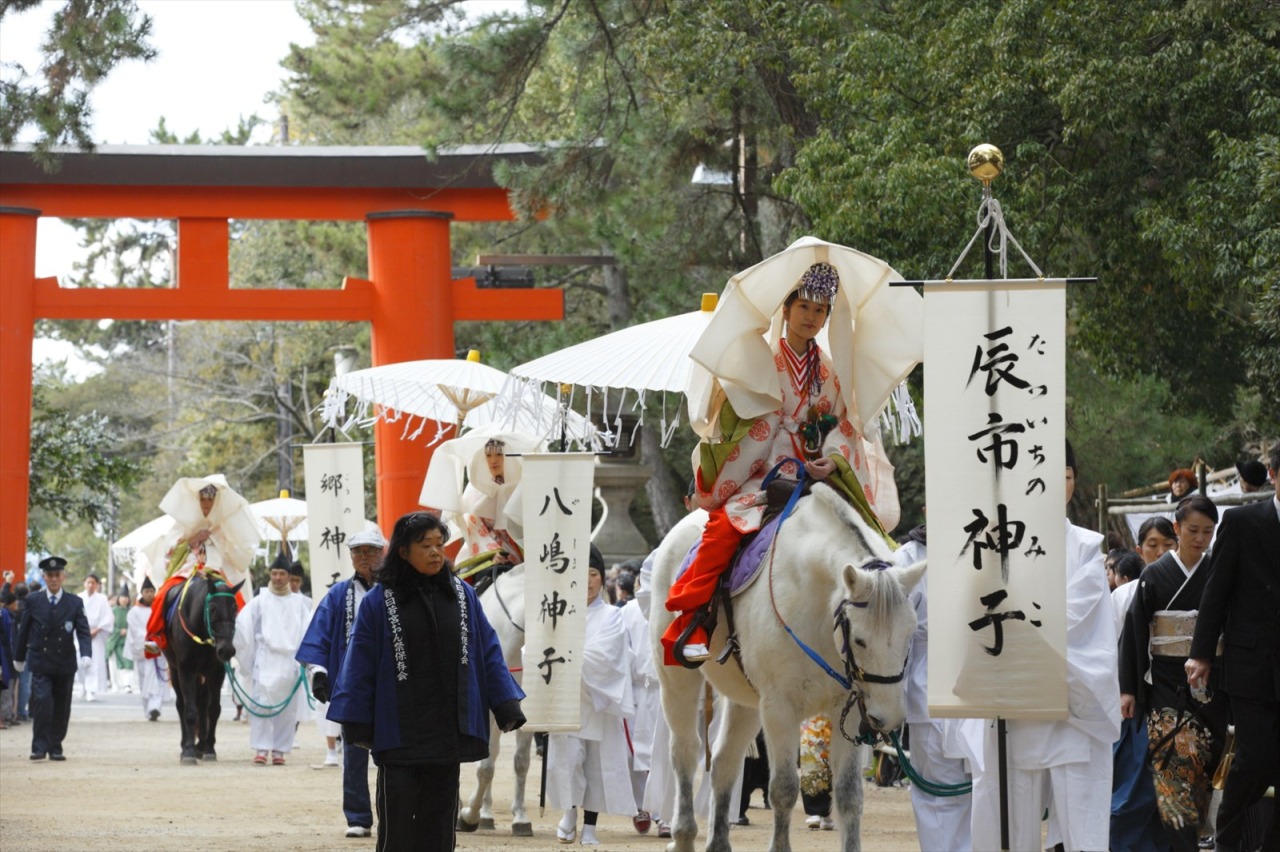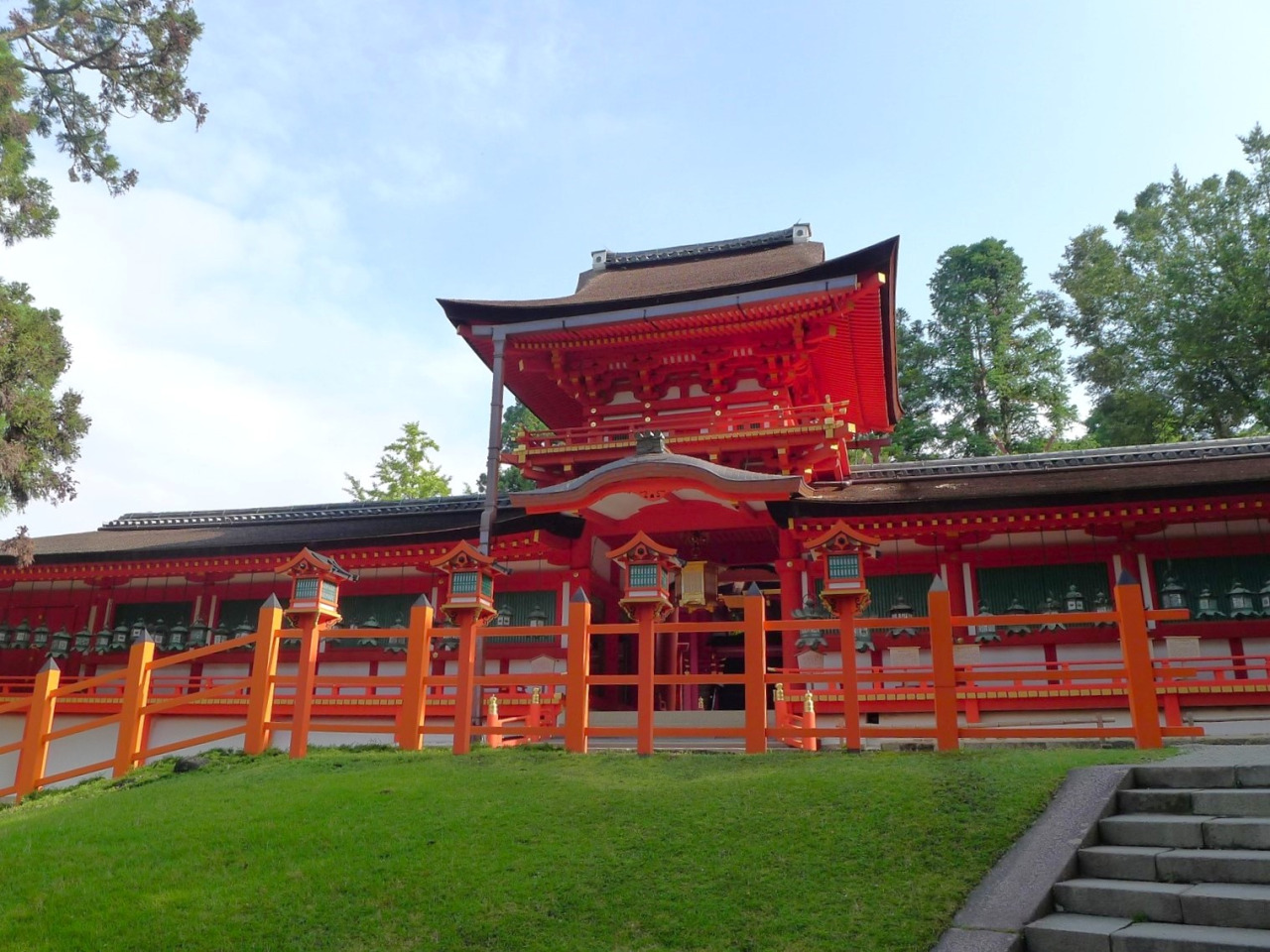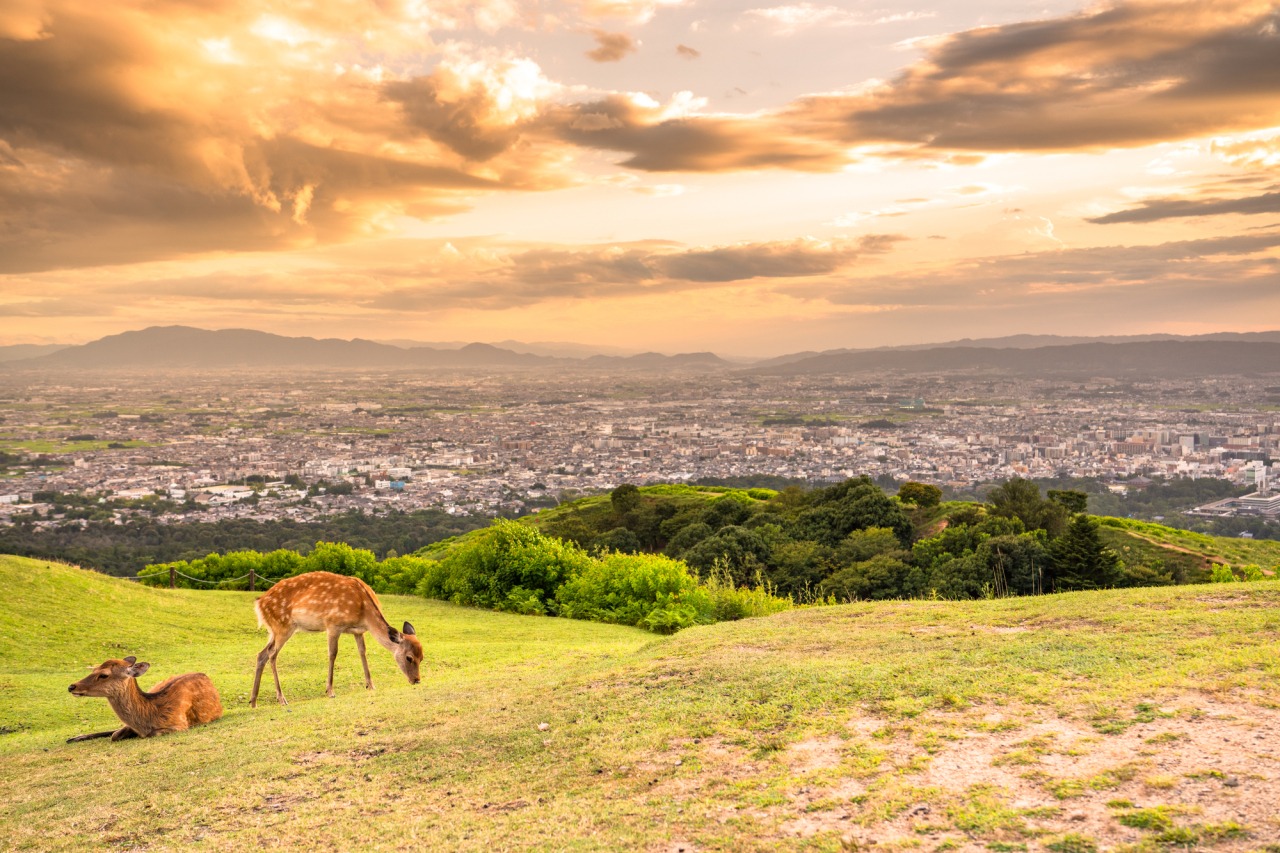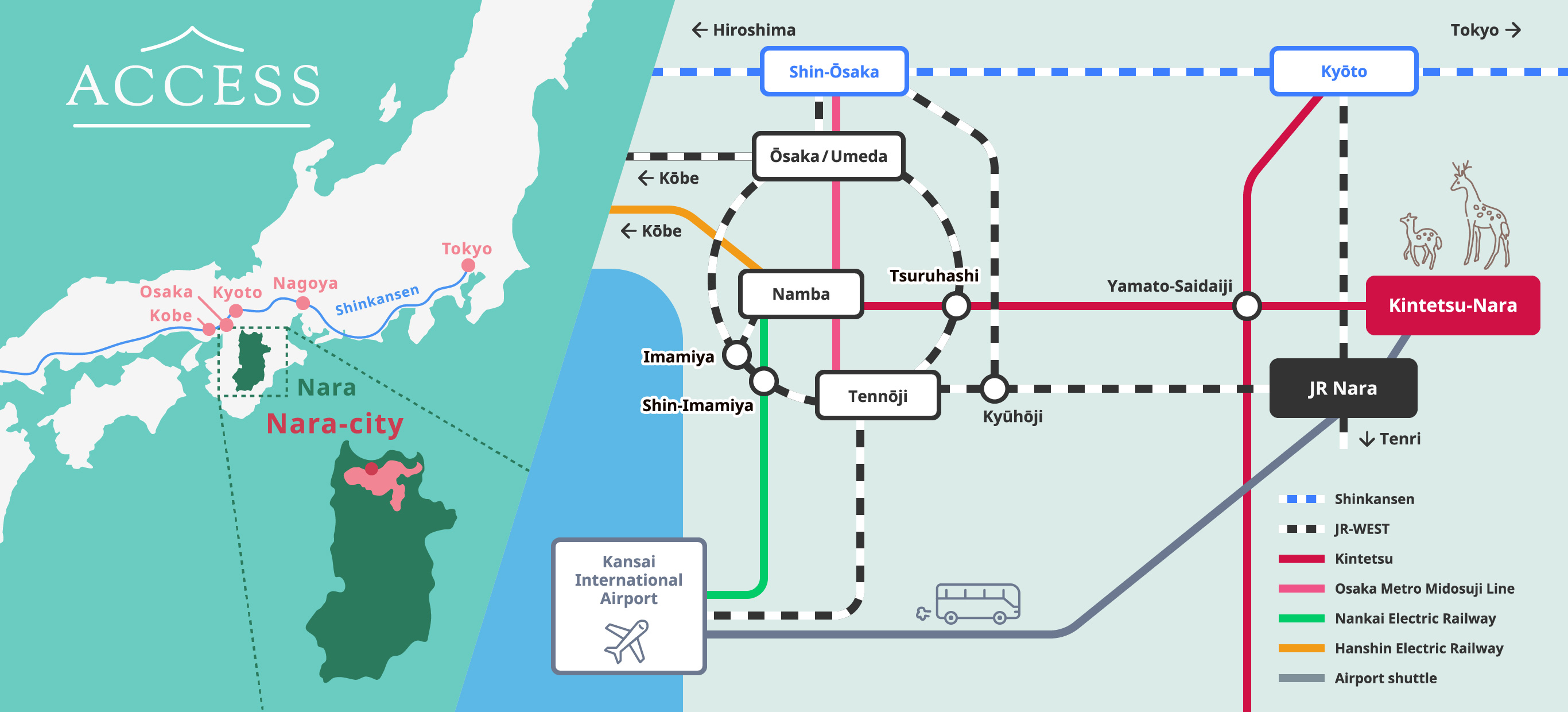Pickup
All About the Great Buddha

Nara for first-timers - a thorough guide to Nara City, from history, highlights, and the popular, to hidden gems! Recommended sightseeing spots, gourmet food, access information, and more.

Nara's World Heritage Sites
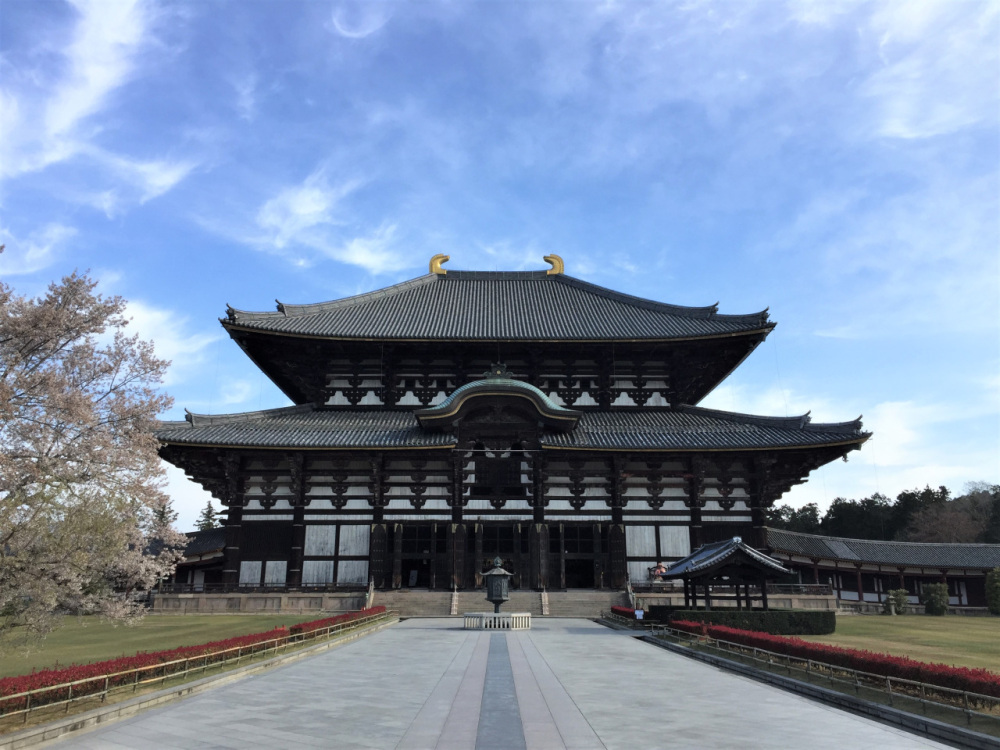
Special feature on the proper etiquette to observe when visiting Shinto shrines and temples

Why are there deer in Nara Park?

Map of Tourist Information Centers and About Interpreters & Tour Guides

2025 Nara Autumn Foliage Update
